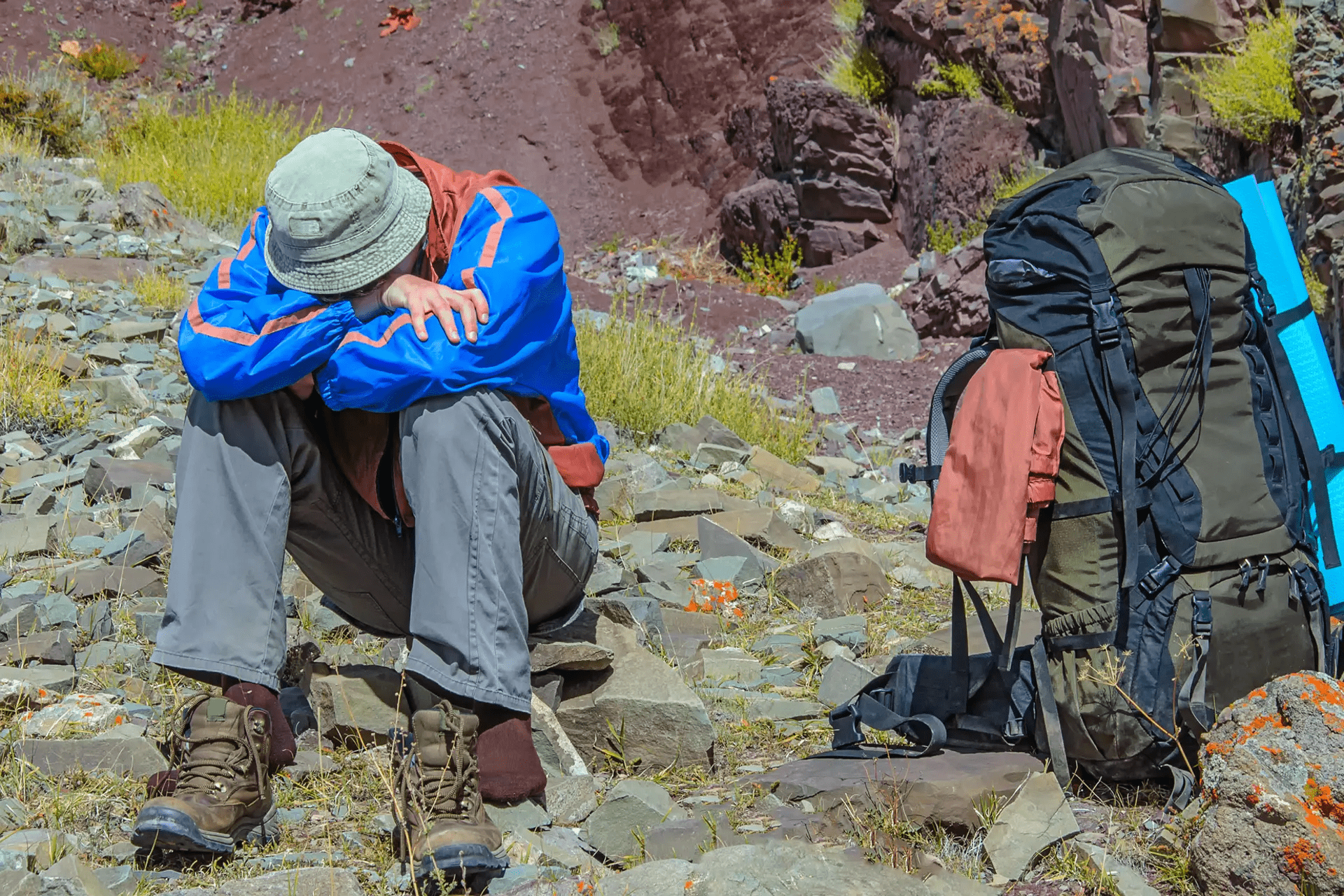

Written by

Summiting Kilimanjaro is a dream for many, around the world. Around 30,000 climb this mountain each year. But climbing at 6000 meters above sea level is not an easy task. Many challenges come underway. And, one of them is altitude sickness. This is what more than 75% of all Kilimanjaro Climbers face. And, if you’re one of them, here is an article that will tell you every detail on Kilimanjaro Altitude Sickness and how you can combat this.
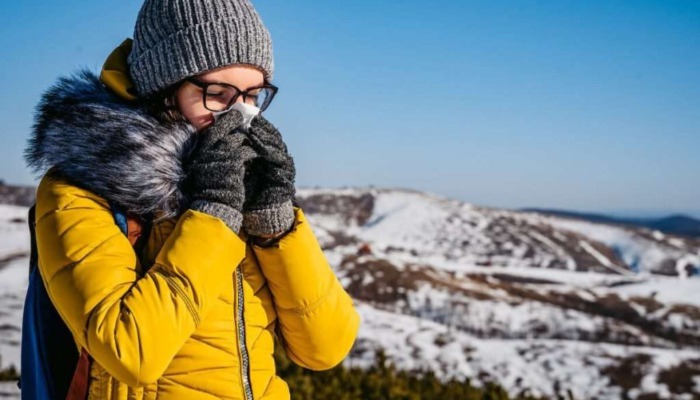
Mount Kilimanjaro altitude sickness is also known as Acute Mountain Sickness (AMS). It is primarily caused by reduced oxygen levels and lowered air pressure at high altitudes.
As climbers ascend Kilimanjaro, the body must adapt to the thinning air and decreasing oxygen availability. Failure to acclimatize properly can result in altitude sickness.
Common symptoms include
Altitude Sickness on Kilimanjaro is normal and it can happen to anyone, no matter of age, sex or physical fitness. Even the most experienced climbers have faced this. Now, the real concern is how to prevent altitude sickness, find the answer in the next section.
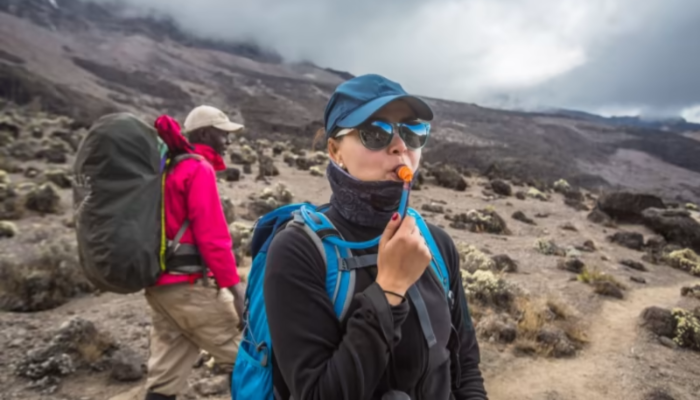
Acclimatization is a crucial process to prevent Mount Kilimanjaro Altitude Sickness. Climbers must allow their bodies to adjust gradually to the thinning air. Here are some effective acclimatization strategies to follow-
Climbing Kilimanjaro should be approached with patience. Ascending gradually allows your body to adapt to the changing conditions. This is why the Kilimanjaro Guides use the phrase Pole Pole, which means slowly, Slowly. These two wards of Kilimanjaro remind you that, Climbing Kilimanjaro is not a race, so climb at your own pace.
We recommend choosing a longer route, such as the Machame or Lemosho route, which offers more time for acclimatization.
Incorporating rest days during the ascent allows your body to recover and adjust to the higher altitude. It is advisable to spend at least one or two nights at the same altitude before continuing the climb.
This technique involves climbing to a higher elevation during the day and then descending to sleep at a lower altitude. This process helps stimulate the body’s adaptation to higher altitudes.
The best routes that provide Climb High, and Sleep Low are Machame, Lemosho, and Northern Circuit Route.
Staying hydrated and maintaining a balanced diet is essential for acclimatization. Drinking plenty of fluids and consuming foods rich in carbohydrates can support your body’s energy levels and aid in the acclimatization process.
Staying Safe on the mountain can reduce the chances of Altitude Sickness in Kilimanjaro. and to ensure your safety on Kilimanjaro climb with a reputable tour operator.
The right equipment on Kilimanjaro will keep you safe by ensuring that you’re properly acclimatising or not.
To know this, the mountain guides use a pulse oximeter to check the oxygen level in the blood.
Diamox is considered as best Kilimanjaro Altitude Sickness Medication. This medicine helps in preventing symptoms of AMS (by increasing the rate at which the body acclimatizes).
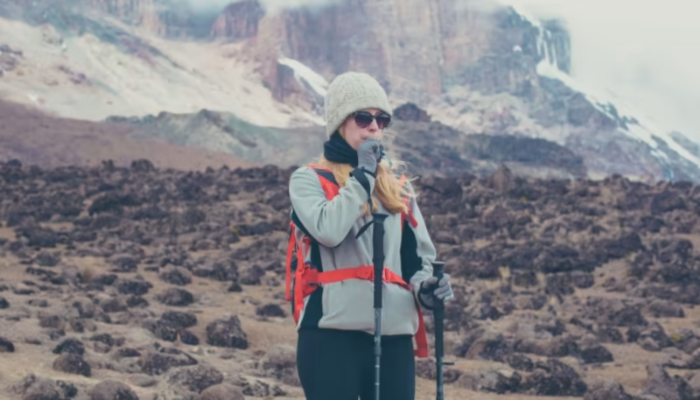
Anyone is vulnerable to Altitude Sickness Mt Kilimanjaro there are certain factors which can increase the risk. If you identify these factors on time, you can lower the chances of AMS.
Climbing too quickly without allowing sufficient time for acclimatization greatly increases the risk of altitude sickness. Avoiding rapid ascents and choosing longer routes is essential.
Poor physical fitness can hinder the body’s ability to adapt to high altitudes. Preparing through regular exercise and cardiovascular training can improve your overall fitness level and enhance your chances of successful acclimatization.
Individuals with pre-existing medical conditions, such as heart or lung diseases, may be more susceptible to altitude sickness. Consulting with a healthcare professional before attempting Kilimanjaro is crucial.
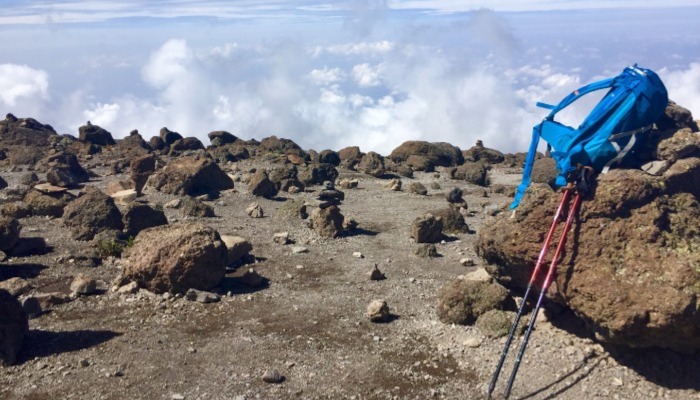
Prevention should be the primary focus. All climbers should be prepared for Kilimanjaro Altitude Sickness while climbing Mount Kilimanjaro. Here are some guidelines on the Treatment and Management of Altitude Sickness.
There are certain altitude sickness tablets in Kilimanjaro, like acetazolamide (Diamox) which can prevent symptoms of altitude sickness. But before you take this medicine, consult your doctor about its side effects.
If symptoms of altitude sickness become severe or worsen despite initial measures, it is imperative to descend to a lower altitude immediately. This allows your body to recover and receive more oxygen.
Climbing Kilimanjaro with a reputable expedition team that includes experienced guides and medical personnel is crucial. They can provide immediate assistance, monitor climbers for symptoms, and make informed decisions regarding treatment and evacuation if necessary.
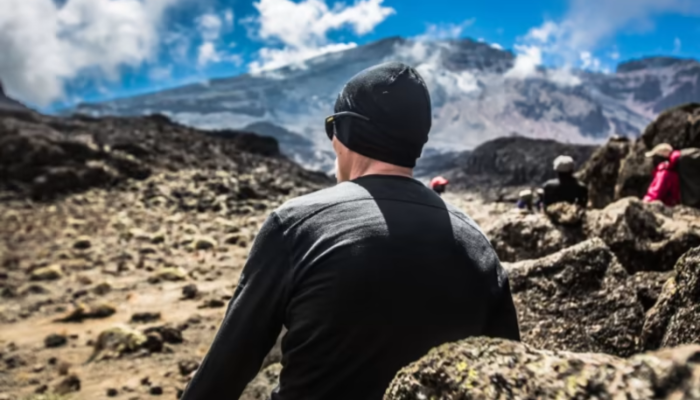
Preparation is paramount when it comes to preventing Altitude Sickness Mount Kilimanjaro. Here are some training and preparation tips:
To combat AMS, engage in regular physical exercise, including cardiovascular workouts, hiking, and endurance training, to improve your overall fitness level. This will aid in the acclimatization process and enhance your body’s ability to cope with altitude.
You can start training before a week of your Kilimanjaro Expedition.
Gradually increase the intensity and duration of your training sessions to simulate the gradual ascent of Kilimanjaro. This allows your body to adapt to increased physical exertion and prepares you for the challenges ahead.
If possible, consider incorporating altitude training into your preparation. This can involve training at high altitudes or using simulated altitude environments, such as altitude chambers or tents. Altitude training helps stimulate your body’s adaptation to low oxygen levels.
Climbing Kilimanjaro is not just a physical challenge; it requires mental preparation as well. Prepare yourself mentally for the demanding conditions, potential discomfort, and the possibility of altitude sickness. Develop coping strategies and a positive mindset to overcome any obstacles along the way.
Apart from all this pack as light as possible, do not carry extra weight with you. To know what to pack you can ask our Kilimanjaro guides.
Mount Kilimanjaro Climbing is an incredible adventure that presents its share of challenges, including Kilimanjaro Altitude Sickness. By understanding the causes, symptoms, prevention strategies, and treatment options for altitude sickness, climbers can better prepare themselves for a successful and safe expedition.
One thing you must need to keep in mind -prioritize acclimatization, listen to your body, and seek professional advice from Kilimanjaro Guides when needed. With proper planning, training, and support, you can overcome the thin-air challenge and conquer the majestic Kilimanjaro summit.
Mar 29, 2024



Tanzania Tribe Safari is an exceptional organization focused on delivering a customized Tanzanian experience to its customers. I highly recommend them to anyone interested in traveling to Tanzania in search of a one-of-a-kind experience.
The trip of a lifetime! Tanzania Tribe Safari created a seamless experience for us from wonderful hotels and a tented camp to a safari experience that kept us in awe. Our safari guide Amini wore many hats during our trip and had eyes of an eagle!
Oh my gosh! Where do I start? My three sisters and I booked a trip to Tanzania and Zanzibar through Tanzania Tribe Safari. It can be marked as a trip of a lifetime! Our safari guide, Amini was very knowledgeable about the animals and terrain.